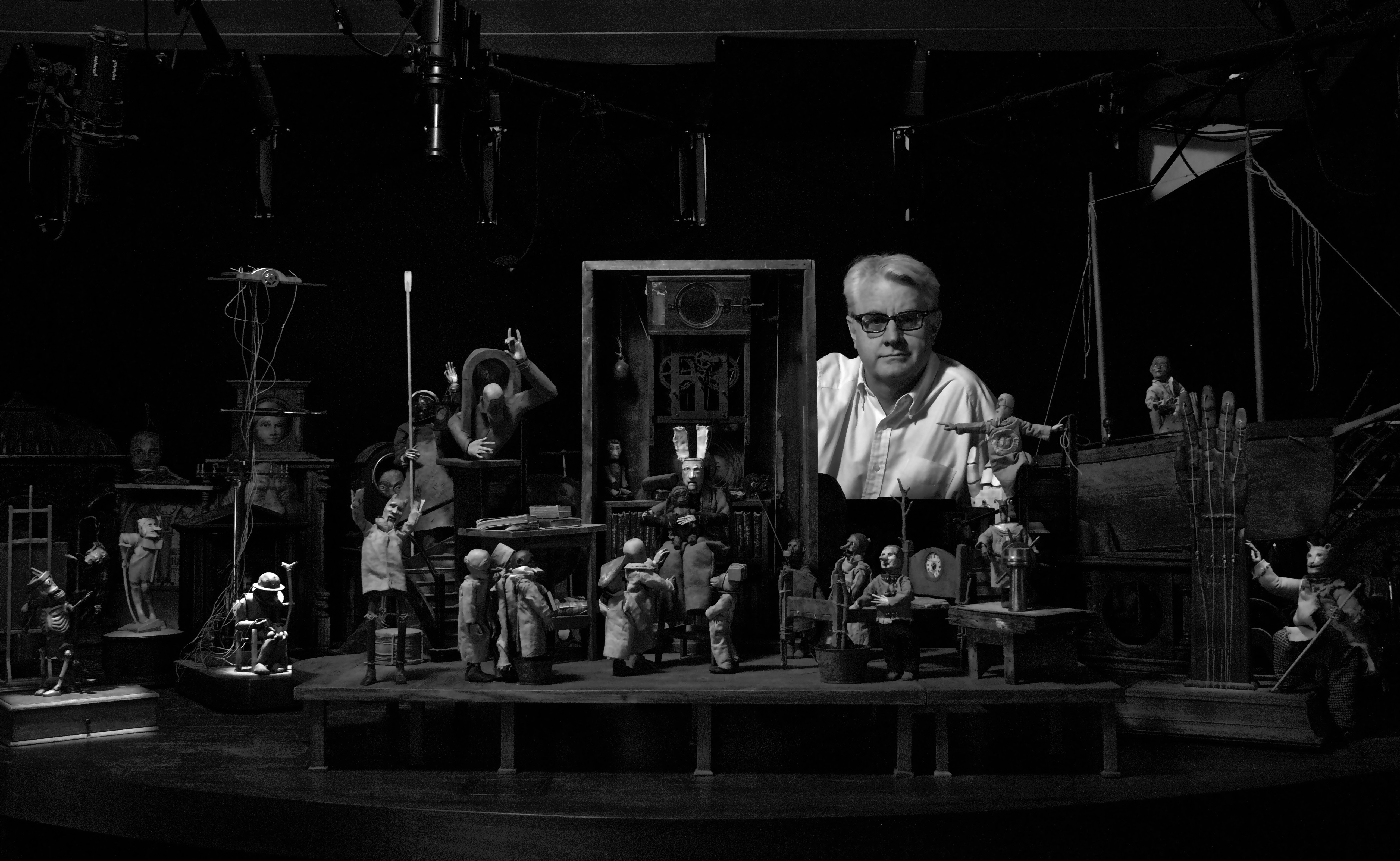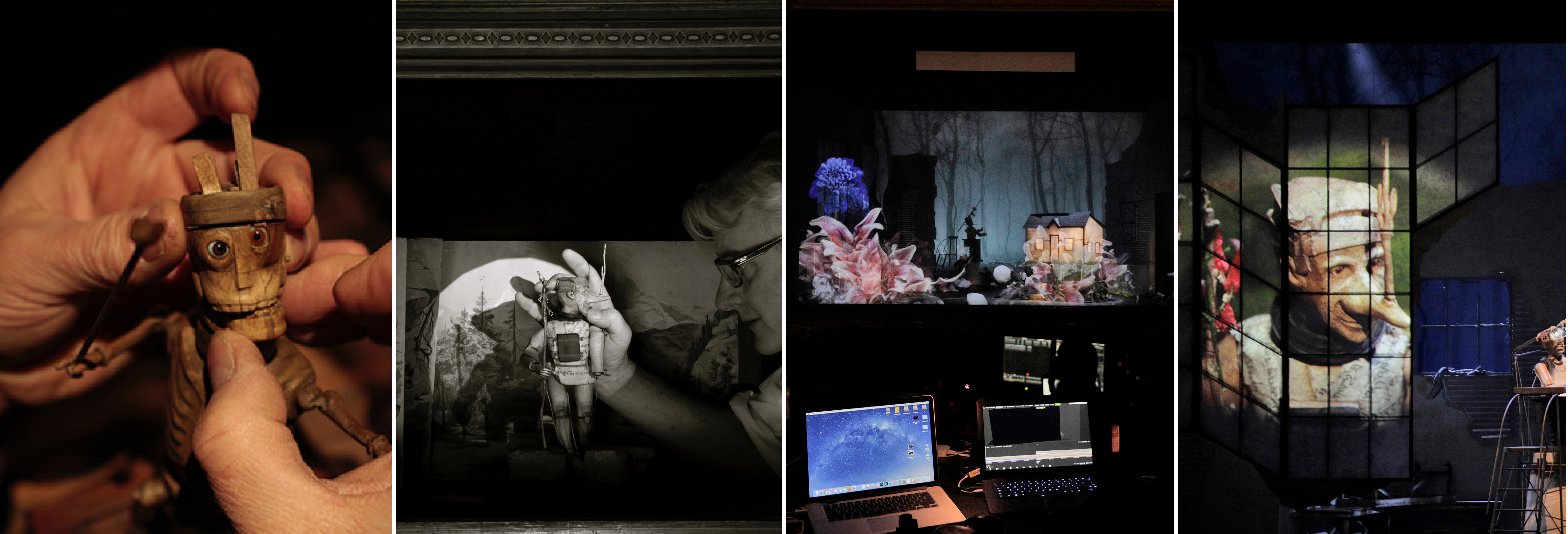April 24, 2019
Faust Inspiration to Reality
Lyric Opera of Chicago’s eagerly awaited new production of Charles Gounod’s Faust premiered March 3, 2018. A coproduction of Lyric and Portland Opera, the design was inspired by the multimedia work of artist John Frame, making his theatrical debut in this production. Frame serves as the production designer for Faust, and worked closely with set and costume designer Vita Tzykun, projection designer David Adam Moore, and director Kevin Newbury to bring his miniature sculptures and stop-motion animations to life on stage. In a recent interview, Frame notes, “The most important thing to remember throughout this entire conversation is that this ended up being a true collaboration.”
After being approached by Portland Opera three years ago, there was a period of uncertainty paired with intense enthusiasm for Frame. He reflects on this time, “I became so interested in it that I just began to generate material without any regard for what this was going to become. As a result, I ended up with about a dozen devil characters, three different versions each of Faust and Méphistophélès. So there was this huge body of work that already existed before anyone ever even said we are actually going to do this.”

John Frame in workshop
Following the creation of his body of work for Faust, Newberry, Tzykun, and Moore all came together at Frame’s studio in California. They spent three days, moving materials around and one character kept resurfacing: O-Man is the figure that kept coming up as the one that felt most directly correlated to Faust. Frame says, “I think he embodies who Faust is. In my version, he is a guy who has really spent his entire life trying to reach God in some meaningful way. And of course, the responses never come. O-Man is this piece of sculpture that he [Faust] has worked on over a very long period of his life to try to give that a visual presence.” O-Man is a central figure throughout the entire production of Faust.
Another idea the team came up with was a way to incorporate animated shadows into the production. Frame expands on this process: “I created a new production element in my studio to be able to do that—it’s a silhouette animation table. So I can start with a skeleton that’s been projected, and I take it over and animate it. It moves across the walls, and then David Adam Moore takes over from there. He is the person who really decides how does that meld with the music, where do those movements belong, how do we fit them in such a way that they really make sense in terms of the action and the emotive content of the piece.”
Frame later explains what continues to inspire him: “As an artist I have a handful of core beliefs, and one of them is that, all of the arts— opera, literature, dance, poetry, visual art—all of those things are there for us to be able to deal with these things that we can’t talk about.” Frame has applied this belief wholeheartedly during his work on the production of Faust and boldly states, “I know that when it [his art] is out in front of the audience, they really do get it at that non-verbal level. That certainly is the goal here.”

